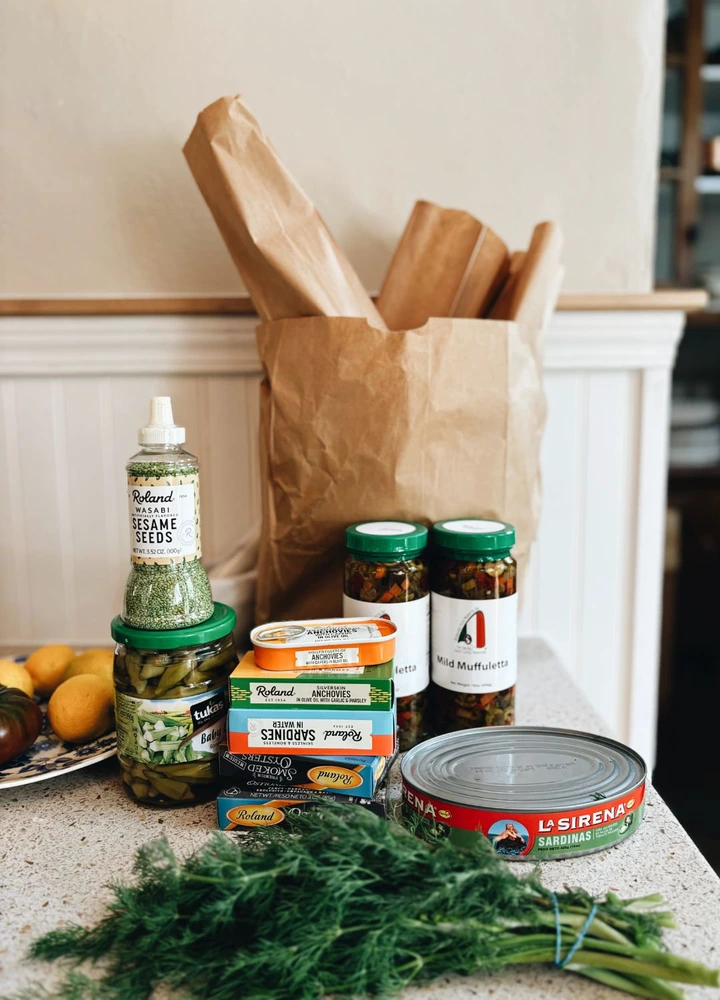How Adopting European Grocery Shopping Habits Can Help You Cut Costs and Minimize Waste

View pictures in App save up to 80% data.
There are a lot of things I think Europeans do better than us Americans: work-life balance, public transportation, and wine—just to name a few. To add to that list, people on the internet have recently started taking inspiration from how those across the pond shop for groceries. TikTok videos on European-style grocery shopping have gone viral over the past few weeks, and I have to admit that the concept is pretty appealing. In contrast to the huge weekly grocery hauls that are common practice in the U.S., this method prioritizes shopping more frequently and intentionally, which can in turn save you money and reduce food waste. Keep reading to learn more about European-style grocery shopping and how this method can transform how you shop and eat.
European-style grocery shopping refers to a shopping experience that emphasizes fresh, high-quality ingredients, often found in local markets or specialty shops rather than large supermarkets. This style typically involves visiting smaller stores or markets that focus on artisanal products, seasonal produce, and locally sourced goods. Shoppers may frequent bakeries for fresh bread, butchers for quality meats, and greengrocers for fruits and vegetables, fostering a deeper connection with food and the community. Additionally, European grocery shopping often encourages a more leisurely pace, where consumers take the time to browse and select items, reflecting a cultural appreciation for food and cooking.
The European grocery shopping method isn’t necessarily about the foods you buy but how you buy them. Europeans tend to take more frequent—sometimes daily—trips to the grocery store or market, buying only what they need and prioritizing fresh, high-quality ingredients. Grocery shopping is also generally a more leisurely experience in Europe and often consists of multiple stops to local markets and specialty shops. Compare that to the way most Americans grocery shop, which involves one weekly trip to the supermarket to stock up on everything you need for the week and beyond. You know those elaborate fridge and pantry restock videos that are so satisfying to watch on social media? European-style grocery shopping is essentially the opposite of that.
@bonberi_ My approach to groceries #groceryhaul #nyc #groceryshopping
♬ original track – ꜰɪɪʀᴍᴇᴏʟᴅɪᴇꜱᥫ᭡
For many Europeans, this style of grocery shopping is a matter of practicality. Homes in Europe are generally smaller than those in the U.S., which means storage space is limited, even for things like food. Full-size refrigerators and walk-in pantries are luxuries that many Europeans don’t have access to, so buying and storing less food at a time is a necessity. European cities also tend to be very walkable, and many have daily markets where you can buy fresh, local ingredients. So, instead of weekly grocery store hauls, you might just pop by the market on your way home from work to grab what you need for dinner that night.

View pictures in App save up to 80% data.